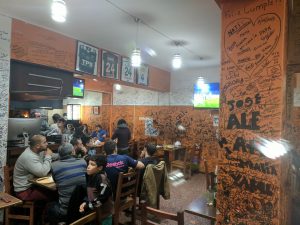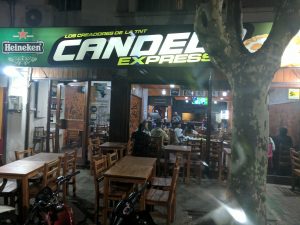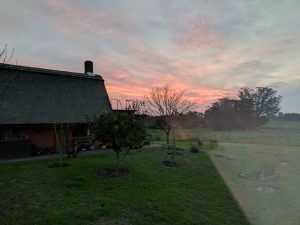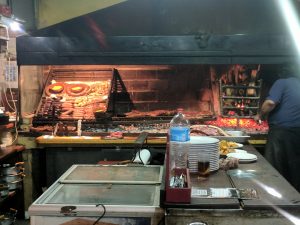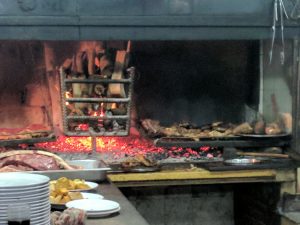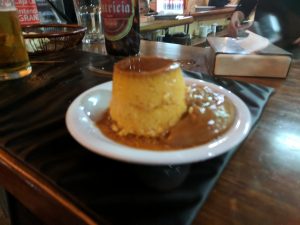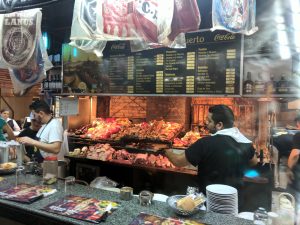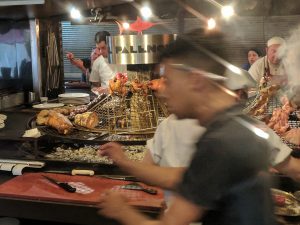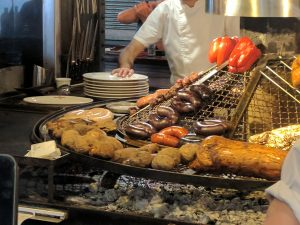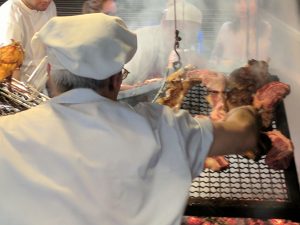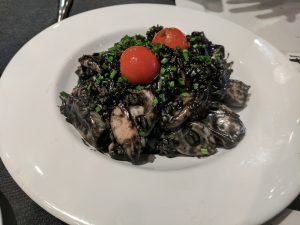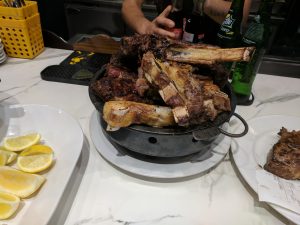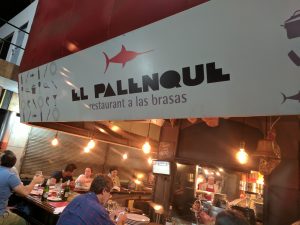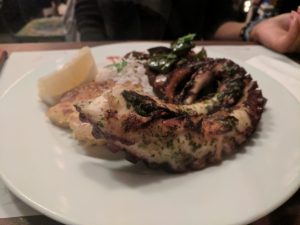Uruguay – A Relaxing Country with Great Asado
Uruguay – A Relaxing Country with Great Asado
Various places, experiences and top tips for traveling Uruguay
Top Travel Tips
- Stay at the El Galope Farm and Hostel for a more quiet time outside the city center of Colonia.
- Walk along the Rambla Pocitos, a promenade that stretches along Montevideo’s city centre beach. I recommend visiting in the evening!
- Food recommendations in Montevideo: La Pulperia and El Palenque for steak and fresh seafood.
Something about Uruguay put me at ease the moment I got there. Having arrived there direct from a busy U.S. city – and worse, a busy U.S. airport – the slow pace of life, beautiful environment, un-flashy ambiance and welcoming people just put me at ease right away.
My interest in Uruguay had been peaked when I met a few members of the Uruguayan military in Zambia while they were on leave from their posting in the Congo. These military tough men left quite an impression on me. They just seemed to have a relaxed, tranquil and joyous demeanor that remained unfazed in the face of a huge challenge. They also described a place that sounded to me a little like the old American west, but with fewer gun flights. I had to visit.
About Uruguay
Only about the size of the state of Oklahoma, Uruguay has a population of only about 3.5 million, more than half of which live in the capital Montevideo, which is only about two hours from Buenos Aires by boat.
Uruguay is considered very culturally forward, with probably the most stable democracies in South America. The country is considered to have an excellent education system, a flourishing economy, and a prospering middle class. The country is also very focussed on inclusion. For example, they recently renamed Christmas as ‘Family Day’ in order to make it more inclusive.
It also has 20,000 acres of wine country, which is quite a lot considering the small size of the nation. Uruguay is famous for its single tannat wines, but only exports two tannat blends to places like the U.S. and Europe, so take the opportunity to drink local wine while there.
Montevideo
I passed the first part of my stay in Uruguay in the capital Montevideo. I stayed in the southern coastal area of the city which has a bit of a Soho vibe. Everywhere I went the food was fresh, the wine was good, and the atmosphere was welcoming. If you are looking for recommendations, La Pulperia and El Palenque are both excellent places to eat famous Asado (South American steak) and fresh seafood. On one evening I met up with a friend from nearby Buenos Aires, Diego, and we went to a local tango dance venue Joventango, which had lots of different classes, shows and other activities.
The oldest part of the city, Ciudad Vieja, is located on the western tip of the city. This is where all the old colonial architecture can be found, including the Cabildo (colonial government house), the Solis Theatre, which opened in 1856, and the Roman Catholic Metropolitan Cathedral. I spent an entire day just walking the streets and finding a new treasure around every corner. I stopped for lunch at the Mercado del Puerto, an enormous food market that has great Uruguayan barbecue alongside local craft stores. Montevideo’s leather goods are particularly high quality. This area is also home to Montevideo’s best nightlife.
Like much of South America, the night out starts late, but Chains Pub opens a bit earlier, and is a great place to start the night and try local microbrews before drinking too much. It has a welcoming environment for everyone, but does market itself as a gay bar. I was with Vivian so it was fine.
The Tristan Narvaja flea market is just outside the limits of Ciudad Vieja. It has been running on Sundays since 1909, and is a great place to rub shoulders with locals, discover local antiques and crafts, and pick up souvenirs and gifts.
A walk along the Rambla Pocitos, the name of the promenade that stretches along Montevideo’s city center beach, is also a must. It is particularly nice in the early evening with the tranquil ocean on one side and the city lights on the other. There are lots of places to stop for a cocktail and watch the sunset.
Colonia
After Montevideo, I headed east to Colonia del Sacramento, which is one of the oldest towns in the country and directly opposite Buenos Aires over the Rio de la Plata. The historic center of the town is a UNESCO World Heritage site. It is unique, having changed hands between the Portuguese and Spanish every couple of years for 150 years before becoming part of Uruguay. The result is a town of colorful facades that mix Spanish and Portuguese styles, vine-draped shops and palm-ringed boardwalks.
I spent one of my days here staying at the El Galope Farm and Hostel, a relaxing, small South American-style ranch just outsides the city center. It offered an interesting glimpse of local life beyond the big international cities that most tourists frequent.
Punta del Este
I then headed west to the other side of Montevideo, to Punta del Este, where I stayed at the Tas d Viaje Hostel Surf Camp. This area of Uruguay is kind of their answer to the French Riviera, but it combines the local glitterati with a laid-back surf vibe. The city has upscale resorts, swanky nightclubs and a Vegas-style casino, but also some of the best waves in the region.
Some of the tourists I met in the area joined ‘gaucho’ horseback riding trips through the wild plains surrounding the city. I decided not to this time, but when I return to Uruguay (which I will), I plan to go all out and head to Panagea ranch in the north of the country for a true South American cowboy experience.



